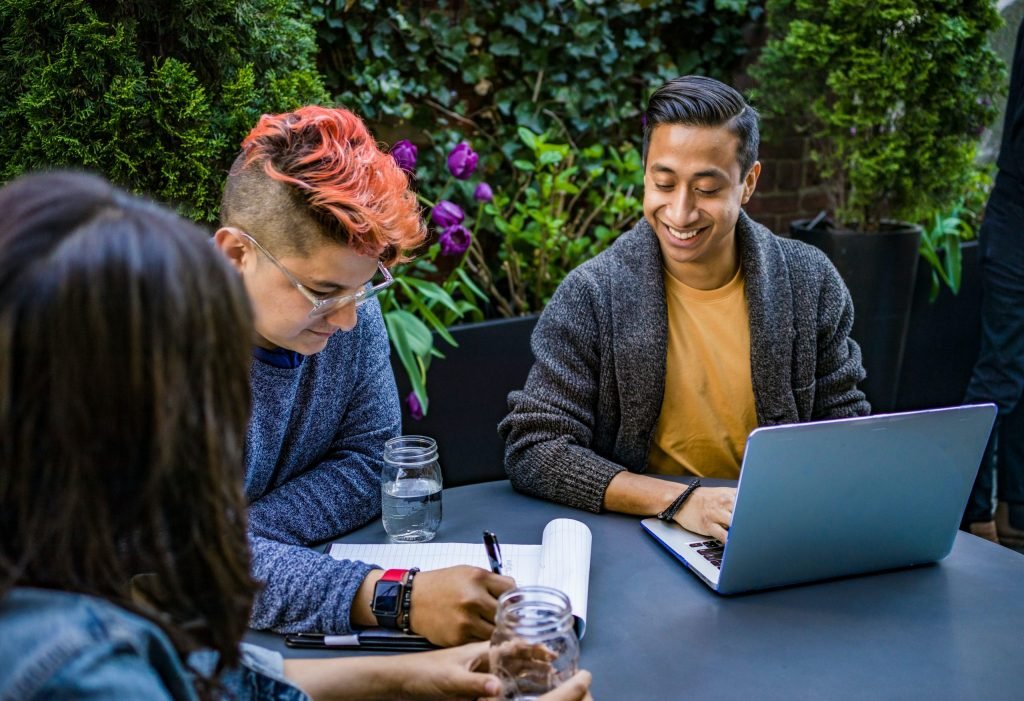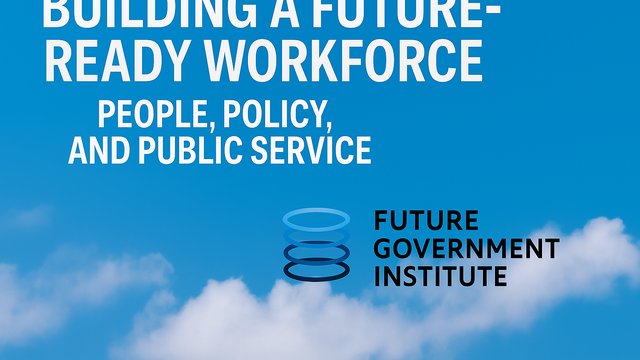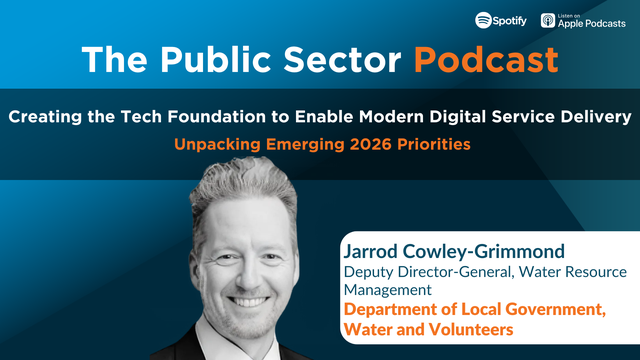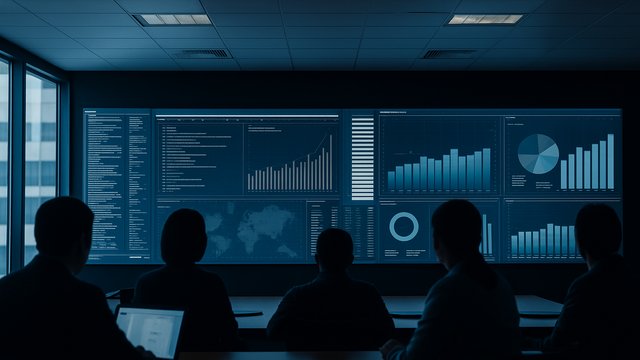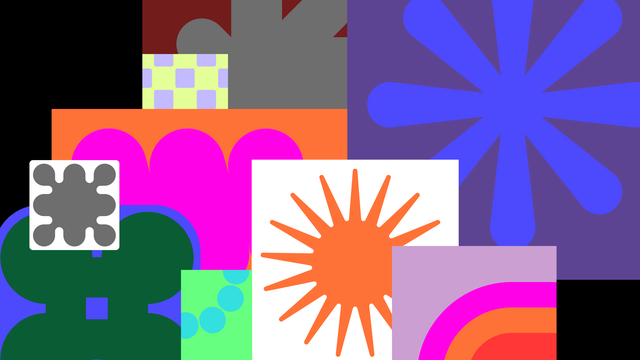Being an ally in the face of racism
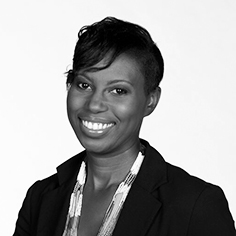
Suelyn Knight
Manager, Equity, Inclusion, and Human Rights,
Toronto Police Service
At the recent Diversity and Inclusion event, we heard from Suelyn Knight, Manager, Equity, Inclusion, and Human Rights as she dived into how to bridge the diversity gap through allyship.
Being an ally in the face of racism
The murder of George Floyd in May 2020 at the hands of a police officer sparked race riots across the world, but also forced police services, especially in North America, to re-examine their internal policies and diversity practices. At the Toronto Police Service, Suelyn Knight , the Manager of Equity, Inclusion and Human Rights, says that as a result of that incident, “the policing sector had to shift and make changes.” For them in particular, it meant having to have “very important conversations around advancing diversity, equity, inclusiveness, and system changes.” Most of these conversations were aimed at the white members of the police force and were, therefore “from the perspective of anti-racism and how to be an ally.”
Being an ally, according to a widely accepted definition, “describes someone who supports a group other than one’s own (in terms of racial identity, gender, faith identity, sexual orientation, etc). Allies acknowledge the disadvantage and oppression of other groups than their own; take risks and supportive action on their behalf; commit to reducing their own complicity or collusion in the oppression of those groups, and invest in strengthening their own knowledge and awareness of oppression.” [1] The important part is seeing someone else’s difference in comparison to oneself.
[1] https://healourcommunities.org/wp-content/uploads/2018/02/TRHTImplementationGuide.pdf , Glossary, p. 75
”
These conversations may be a bit difficult or triggering for some people, but in order to truly advance the needle on these issues, within the Toronto Police Service, we are having these difficult conversations and we are showing up for our members. Hopefully that will also translate into our ability to recruit and retain members who are diverse, and who add to the very the fabric of our organization.
To really understand what an ally is, “we have to have a conversation about what the opposite looks like.” From a racism perspective, this is sometimes referred to as “white fragility: a state in which even a minimum amount of racial stress becomes intolerable, triggering a range of defensive moves.” Sometimes this fragility is expressed in the form of barriers or dismissive comments. For instance, if a black person is being hired in a role that was previously occupied by someone white, it may not be uncommon to hear murmurings about “the lowering of standards, or that recruitment should be based on merit.” These are often examples of racist fragility and “wanting to maintain the equilibrium, as opposed to moving forward towards progressive change.” Fragility can therefore often be expressed in two ways. It can either “result in shame, guilt, fear, exaggeration or discomfort,” or it can be expressed as “weaponized fragility” in the form of “intolerability, shaming people, using privilege in order to maintain the status quo, invalidation, or using emotions to harm by assuming victimhood.” The second manifestation is far more insidious but equally as damaging.
Understanding why allyship is important
Being a true ally is not just about the opposite of those fragilities. It is about “looking into the situation and understanding and educating yourself. Can’t say that enough!” Sometimes that could mean “sitting with discomfort, or examining your own privilege and actually using your privilege to assist others.” What is critical is to realize that “it’s not about you. It’s about that person’s reality or that group’s reality.” Allyship is about “committing yourself to make a difference, and about how you can shift and shape the change.” The key to it is to understand experiences from someone else’s perspective “and figure out how you could use your experiences and your privilege to assist.”
“This quote by Brenè Brown summarizes the point: ‘In order to empathize with someone else’s experience you must be willing to believe them as they see it and not how you imagine their experience to be’. This is key.” Sometimes people say “that’s never happened to me so I can’t see that happening. But that’s the whole point.” Gaslighting or playing devil’s advocate is not helpful, “it’s actually hurtful.” And whether people excuse or acknowledge that what they are saying might be racist is also not the issue, as much as that might be a learning objective. The issue is the impact of the words or actions and how the other person interprets them. “People often confuse and conflate intent with impact. There is a concrete difference, and it is the impact that is at issue here.” Everyone has their own lived experiences with racism as well as with other isms. Being an ally means trying to understand those experiences and not exacerbating them. “Having black or gay friends, or friends with disabilities doesn’t necessarily make you an expert. What really helps is listening, assisting, and supporting – those are the things that differentiate people who are allies or want to be allies.”
A few of the “helpful phrases” that allies might say include “things like ‘I was wrong, ‘I’ve changed my mind’, ‘Thanks for correcting me, ‘I didn’t realize that before, ‘I hadn’t thought about that, or ‘I should do more research. These phrases open up dialogue and conversation for you, and assist you in stepping into that discomfort.” Yet, being an ally is not about perfection.
“Being an ally doesn’t mean that you have to be free from racism. Of course, we are working to eradicate it, but we live in a society and a system that perpetuates it. It’s in our institutions, in our policies, and in our practices. In fact, we all have biases. But what you have to do is have the commitment to fight it wherever you find it, including within yourself.”
Suelyn Knight, Manager, Equity, Inclusion, and Human Rights, Toronto Police Service
Eradicating racism “in yourself” means knowing what it is and acknowledging it. But it also means “making sure that you’re engaging in efforts to dismantle inappropriate structures, building structures that provide access, and actively changing what it is that you’re seeing in terms of barriers that are preventing people from participating fully at work or in their private lives.” As much as the focus is on racism, especially in light of the George Floyd murder, it is also about sexism, ableism, “or you can insert any other ism here.”
Whatever the area of concern maybe, people will always make mistakes. Being an ally or a better ally means “not letting your mistakes deter you from being better, learning from them, growing from them, yielding positions of power to those who are marginalized, and making sure that their voices are at the table.” To be a more harmonious and less racist society, “we all need to look within ourselves and surround ourselves with people who look differently and think differently from us.”
